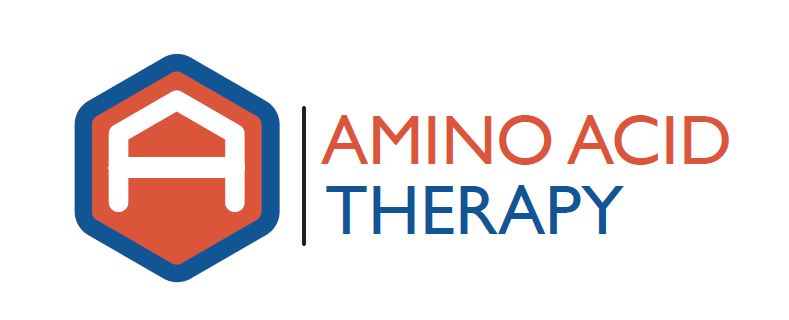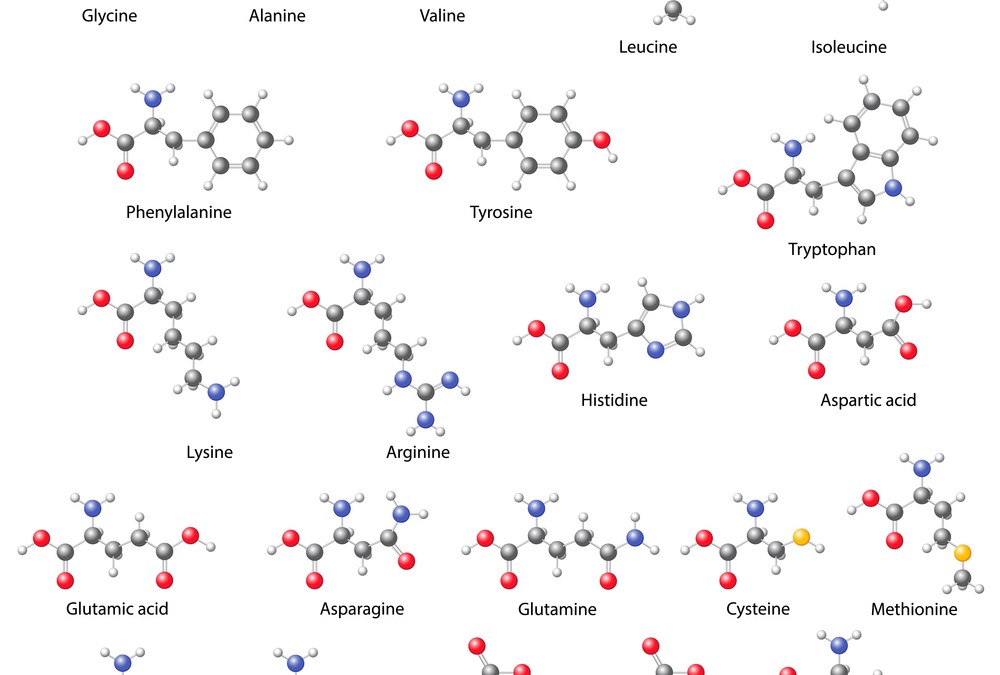
How Dr. Marty Hinz’s Research Changed Parkinson’s Therapy
There have been some amazing findings published in the last several years in regards to managing the symptoms and progression of Parkinson’s disease using natural methods. Most of these papers have been written or co-written by Marty Hinz, MD. What Dr. Hinz has shown is that it is possible in many cases to manage the symptoms associated with Parkinson’s disease while eliminating the potentially devastating side effects of the drugs used in the medical treatment of Parkinson’s disease using amino acid therapy.
Dr. Mary Hinz and Parkinson’s Therapy
I began working with Dr. Hinz back in 2001. At that time, much of his focus was on managing appetite in order to facilitate long-term weight loss. Over time, however, it became apparent that amino acid therapy had a much larger application.
The first paper published by Dr. Hinz in relation to Parkinson’s disease was a case study in 2011. This paper provided insight into a novel approach using the most effective therapy for Parkinson’s disease (L-dopa) which had the potential to help millions of people suffering from Parkinson’s disease.
However, it was a couple landmark papers published in 2014 that really brought Dr. Hinz’s approach to Parkinson’s disease into the national spotlight. The first paper showed that the most popular medications used to treat Parkinson’s disease (carbidopa and benserazide) could potentially cause a “nutritional catastrophe” in the body. This was shown to happen because of the adverse effect these drugs have on vitamin B6 and all the functions that vitamin B6 and B6-dependent enzymes have in the human body. The end result, according to this research, was that carbidopa may contribute to the worsening of Parkinson’s disease and the increase in the Parkinson’s disease death rate seen since the introduction of these medications.
This paper was followed by a second paper showing that carbidopa and/or benserazide may by be the causative agent of the irreversible dyskinesias associated with the progression of Parkinson’s disease. Again, the mechanism of action was found to be the “irreversible binding and inactivation of vitamin B6 throughout the body”.
A More Effective and Safer Approach to Parkinson’s disease
Based on the research of Dr. Mary Hinz, a safer and more effective approach to Parkinson’s therapy exists. The successful implementation of Dr. Hinz’s Parkinson’s Therapy requires a thorough understanding of the underlying factors that cause the symptoms of Parkinson’s disease and many years of practice, but the results can be amazing. Learn more about the causes and implementation of this therapy and if you are ready to get started, please contact us.





